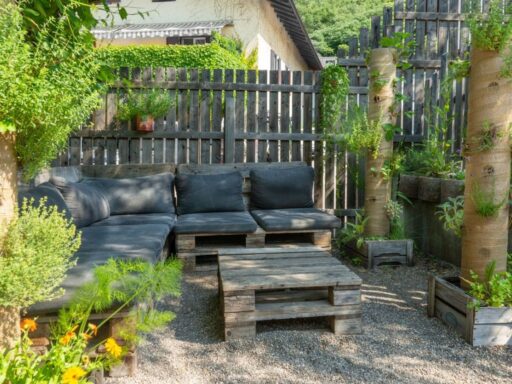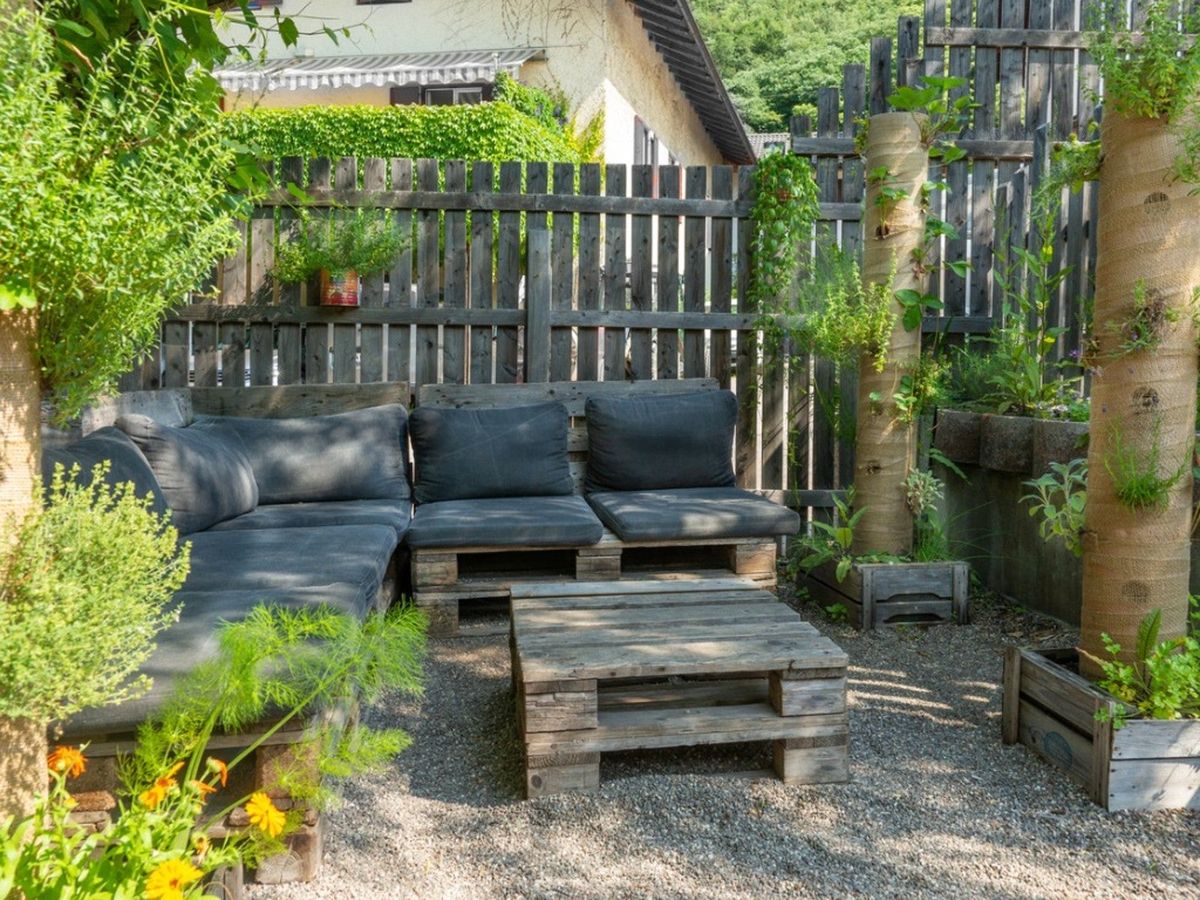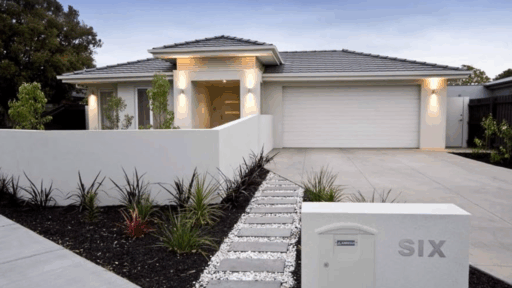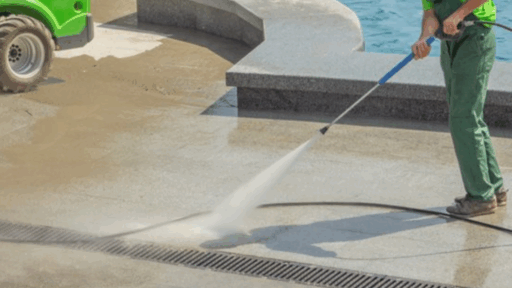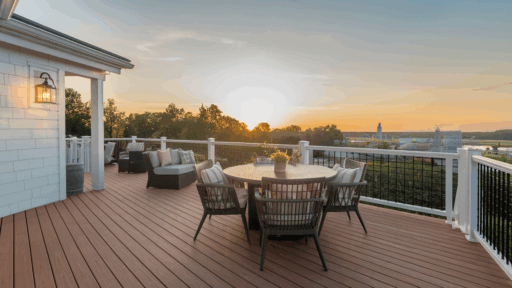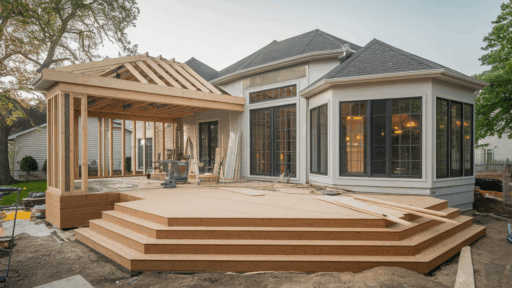As homeowners and designers increasingly prioritise sustainability, the use of durable materials like timber has become a popular choice. Timber furniture, known for its natural beauty, resilience, and sustainability, offers an ideal solution for designing outdoor spaces built to last.
In this article, we’ll explore why integrating sustainable outdoor spaces with high-quality timber furniture is not just a design choice but a meaningful investment in the environment and future generations.
The Appeal of Timber Furniture
Exterior FSC hardwood furniture, made out of recycled or upcycled timber, is highly valued for its natural beauty, durability, and versatility. This type of furniture, sourced from responsibly managed forests, brings a timeless aesthetic to outdoor spaces. Whether placed in contemporary minimalist designs or rustic, traditional settings, the rich, warm tones of hardwood add an organic and inviting feel.
Durability and Longevity
One standout feature is durability, with FSC-certified hardwoods like Ekki, Greenheart, and oak offering natural resistance to moisture, decay or rot, and insects. These woods withstand harsh weather conditions, making them ideal for outdoor use in various climates. With proper care, they can last for decades, retaining their strength and beauty despite exposure to rain, sun, and wind.
How Does It Enhance Outdoor Living Spaces
Timber’s versatility allows it to be adapted to a variety of outdoor settings, from intimate garden nooks to expansive patios and public spaces such as Canada Water in London. Whether it’s a set of picnic chairs, a sleek bench, or a custom-built table, wood can be shaped and styled to suit diverse tastes and requirements.
Versatility in Design
Timber’s design flexibility makes it an excellent choice for a wide range of outdoor environments. It can be used to create both functional and decorative pieces, whether for dining, lounging, or simply enhancing the overall ambience of any space. Wood is highly customisable, allowing for various finishes, colours, and treatments that can help it blend seamlessly with the surrounding landscape.
From modern, clean-lined designs to intricate, hand-crafted pieces, it offers an opportunity for creativity in design. It can be paired with other materials like metal, stone, or glass to create unique outdoor furniture pieces that complement different styles. Furthermore, the natural variations in the grain and colour ensure that no two pieces are identical, adding an element of uniqueness to each item.
Functional and Comfortable
Outdoor seating is meant to be both functional and comfortable. The smooth texture of well-finished wood makes it comfortable for lounging, while its sturdy construction ensures longevity. Whether used for seating, tables, or storage, the furniture adds both practicality and comfort to outdoor settings.
Incorporating FSC certified hardwood furniture into outdoor spaces promotes relaxation and encourages spending time outdoors. As more people seek to create spaces that connect them to nature, the enduring charm of this material serves as a reminder of the beauty and value of natural materials in our surroundings.
Simple Maintenance Routine
Maintaining outdoor furniture can be a hassle, especially when it’s exposed to the elements. However, hardy tropical hardwood requires relatively low maintenance to remain in top condition. Unlike other materials that may crack, warp, or fade over time, high-quality hardwood can be restored and rejuvenated with minimal effort.
A simple cleaning routine, periodic oiling, and applying a protective sealant are usually enough to preserve timber’s appearance and integrity. Unlike synthetic materials that may degrade over time, wood only becomes more attractive as it ages, often developing a unique patina. This helps preserve the longevity of the material while maintaining its visual appeal.
Cost-Effectiveness Over Time
Although the initial cost may be higher than that of other materials, the long-term durability offers considerable value. FSC tropical hardwood’s durability means that it can last much longer than cheaper alternatives such as recycled plastic, making it a wise investment in the long run.
With proper care, the frequency of repairs or replacements is minimised, contributing to reduced maintenance and less waste, not to mention its incredible carbon footprint performance.
Timber furniture’s ability to stand the test of time also means that it can continue to add value to a property. Well-maintained wooden pieces can complement a variety of outdoor designs and remain relevant throughout the years, making them a versatile and cost-effective option for homeowners seeking to enhance their outdoor spaces.
How to Choose the Best Quality Timber
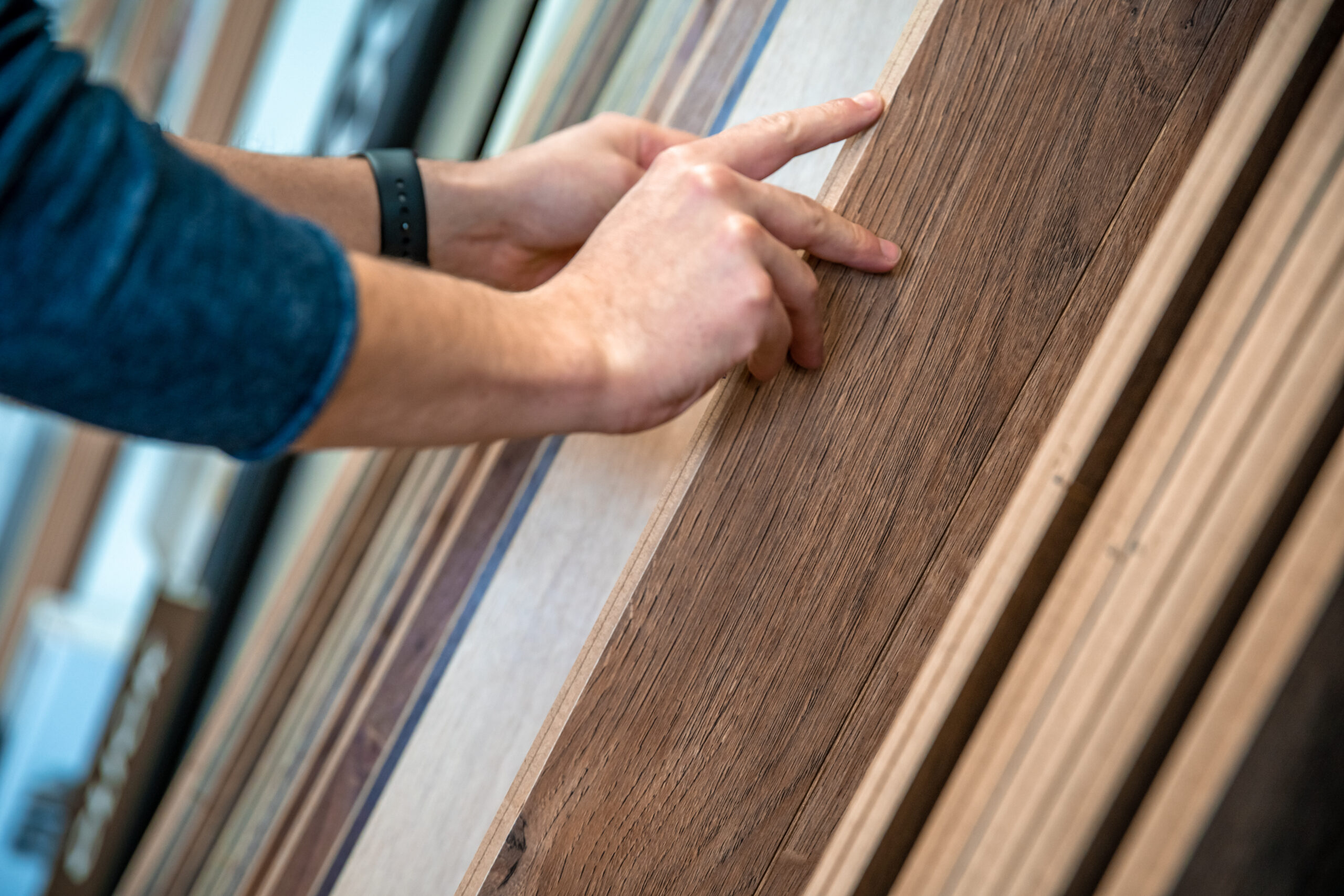
For those looking for a more customised solution, various companies offer a diverse selection of durable timber options suited for outdoor use. Some varieties are known for their natural resistance to rot and insect damage. These are particularly well-suited for outdoor settings, as they can withstand the wear and tear caused by the elements without the need for heavy treatments.
Some platforms create bespoke furniture designs using advanced technology and traditional materials, allowing for complex shapes and profiles from FSC-certified wood. Technical modifications like thermo modification enhance non-durable species for outdoor use, while glulam sourcing and finger-jointing ensure premium, long-lasting products tailored to exact specifications.
Timber Species and Their Unique Qualities
Selecting the appropriate timber species is crucial for designing sustainable and durable outdoor spaces. Each species such as Iroko, Cumaru and Opepe offer distinct characteristics that make it suitable for various applications. Below is an overview of some notable species and their unique properties:
- Iroko: Known as “African teak,” Iroko is a durable hardwood resistant to rot and insects. It starts golden-yellow and darkens to a rich brown, enhancing outdoor aesthetics. Its interlocked grain and coarse texture make it well-suited for applications such as decking, cladding, and exterior furniture.
- Oak: Oak is a durable European hardwood known for its strength and low-maintenance qualities, making it highly versatile. Its natural resistance to decay makes it ideal for long-term outdoor applications like beams, sleepers, and garden structures. Oak’s strength ensures reliability in various construction projects.
- Opepe: Opepe is a dense and durable hardwood from West Africa, characterised by its orange-brown heartwood and light-colored sapwood. Its interlocked grain offers strength for heavy-duty uses like decking and marine structures. It resists decay and is easy to machine, making it great for outdoor projects.
- Ekki: Ekki, also known as Azobe, is one of the densest hardwoods, distinguished by its ability to sink in water. Its distinct speckled appearance is a result of its red-brown heartwood and pink sapwood. It’s highly resistant to fungi and insects, making it ideal for marine and civil engineering uses.
Each timber species offers unique properties that cater to specific outdoor applications. Understanding these characteristics can help you select the most suitable one for your project, ensuring durability and aesthetic appeal.
The Environmental Impact of Choosing Timber
The environmental benefits of choosing exterior hardwood furniture go beyond sustainability. When customers choose FSC-certified timber, they are supporting a supply chain that prioritises ethical practices. The certification ensures that the wood has been harvested responsibly, promoting forest regeneration as well as protecting the people working in such forests.
Timber is a renewable resource that supports sustainability initiatives. As a natural material, wood can be replenished through responsible forestry practices, making it a more environmentally friendly option compared to non-renewable materials.
Furthermore, wood naturally absorbs carbon dioxide, helping to mitigate the effects of climate change. Selecting wood from certified forests ensures that furniture not only stands the test of time but also has a minimal carbon footprint.
Certified hardwood furniture is an excellent option for those looking to design sustainable, durable, and stylish outdoor spaces. Homeowners and designers can support sustainable forestry practices and contribute to the preservation of the planet’s resources by using options like exterior FSC hardwood furniture. Whether used for relaxation, dining, or decoration, timber enhances the outdoor experience, allowing individuals to enjoy nature in a comfortable and eco-friendly way.

